Learn About our Harvests
The farm is also carrying out continuous experiments to determine suitable practices that can enhance pollinator health and activity as well as experiments for better orchard management that could assist in conservation and regenerative farming. The farm uses reduced chemical and pesticides and only uses biological products where possible. This not only promotes food safety, but promotes the health of wildlife and native plants on the farm. Regular inspections are done in orchards and along farm borders to ensure that no traps are set-up to trap wildlife. The farm is dedicated to protecting, maintaining and improving its conservation and regenerative strategies to create a safer and better environment for all around the farm

January
Get Ready to Harvest Some Savings!
Harvest time is in full swing with pear harvest kicking in. Pear cultivars Williams Bon Chretien, Flamingo, Rosemarie and Cheeky usually start harvest around January. Plum cultivars which are also thrown into the harvest run during this time include Souvenir, Laetitia and Fortune.
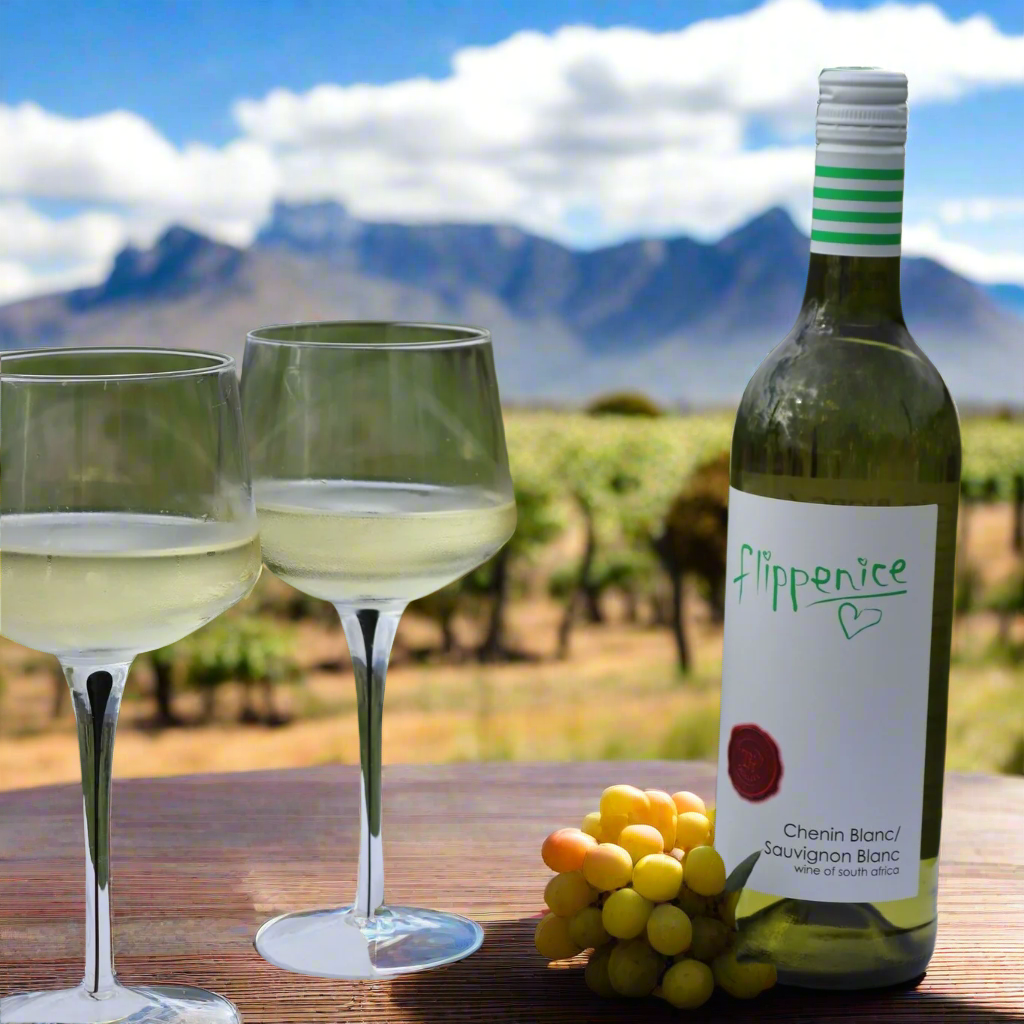
February
Wine Time! Tulbagh Winery's Grape Juice Magic
A few more fruit join in and consist of the pear cultivars Abate Fetel and Packham’s Triumph. Plum cultivars that are ready for harvest around February are Laeticia and African delight, including the prune cultivar Van der Merwe. Wine grapes also come into the mix around this time and are taken to Tulbagh winery for grape juice and wine production.

March
Plucking Pears & Plums! Fresh Picks Just for You!
The season settles down a bit between late March and April where the last of the pear and plum cultivars join in the harvest. These cultivars include the Forelle pears and the Ruby Star and Angelino plums.
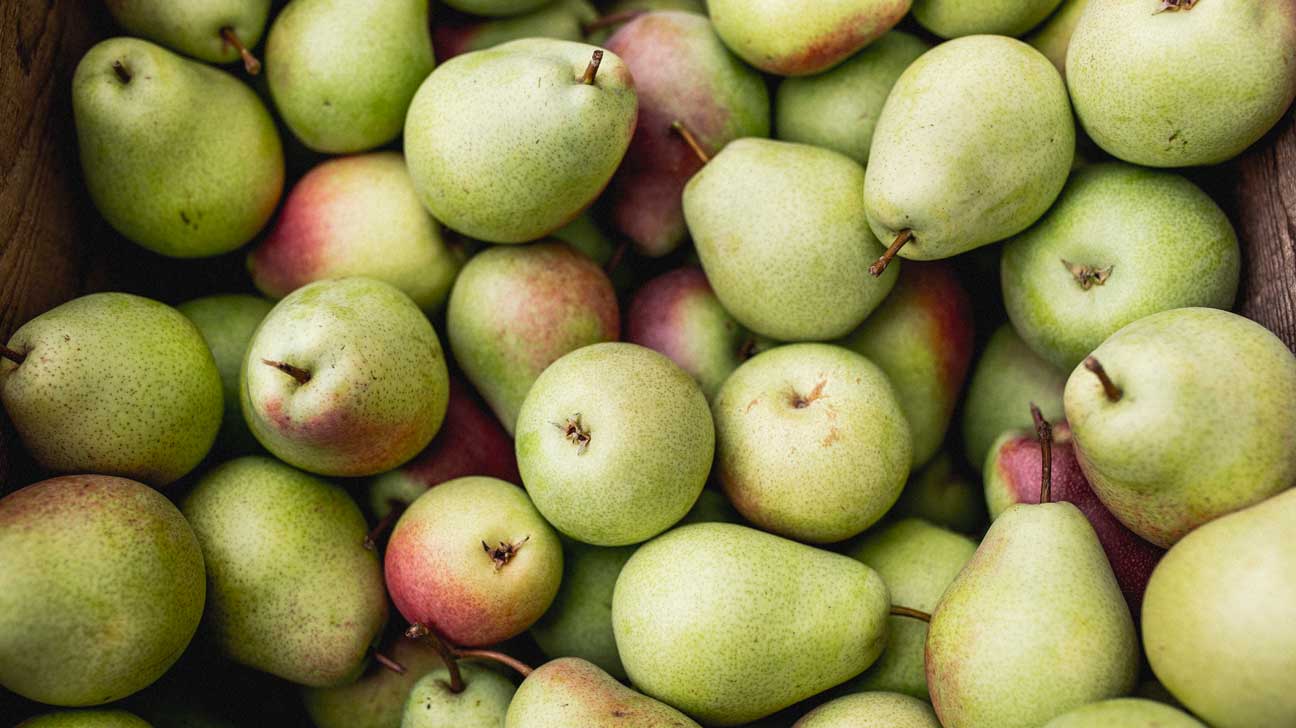
April
Pest Populations Beware! Orchard Clean-up in Full Swing!
The Last of the remaining fruit are harvested for export and local markets. Orchard clean-up is done of any over-ripe fruit to ensure orchard hygiene and prevent any over-wintering bodies present for pest populations.

May
Bee-autiful Winter Wonders Await on the Orchard!
The Farm earns a well deserved short break before commencement of different farm tasks such as preparing orchards for annual cover crop sowing and planning winter pruning. Cover crops when maintained well can provide biological control measures in the orchards as well as provide an active root system year round for supplying nutrients to the soil. Preparation work to ensure sufficient food sources available for our honeybees during winter
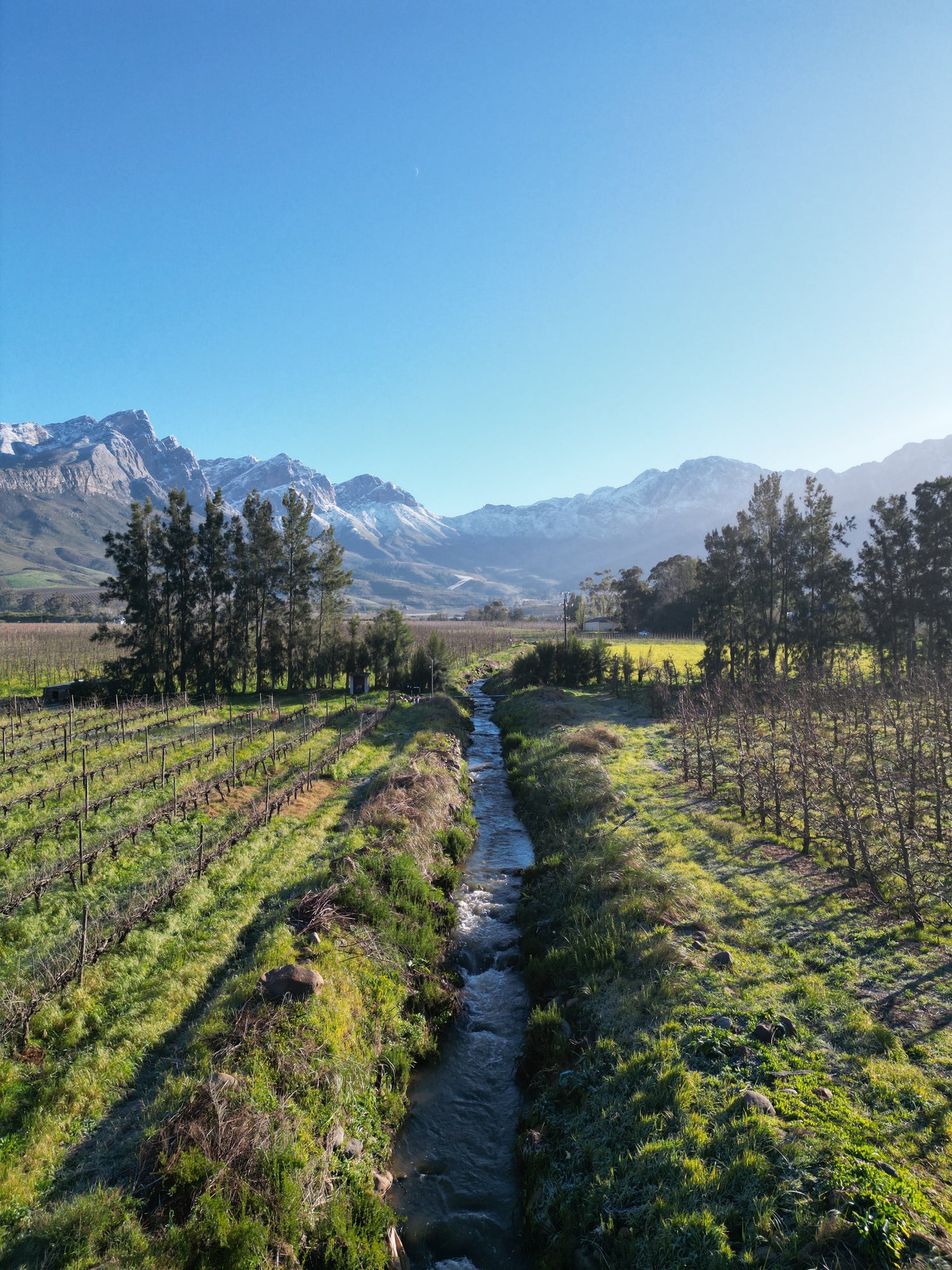
June
We get our Orchard Back into Shape with Our Pruners!
Winter pruning of orchard trees are off to full swing and carry on into September. If new trees need to be planted, preparation work and planting will normally happen around this time. Researching ways in which to promote conservation and ensure regenerative farming to create a safer environment for natural wildlife and pollinators and to create an optimal environment in which native flora and plants can grow on the farm. Ensuring that water ways are free from blockages such as blocked up pipes due to leaves, litter, or plant material that could have made their ways into the river or streams. Clean up and maintenance around river beds to prevent flooding when heavy rain falls. Clearing of invasive plant species around dams and dam walls.
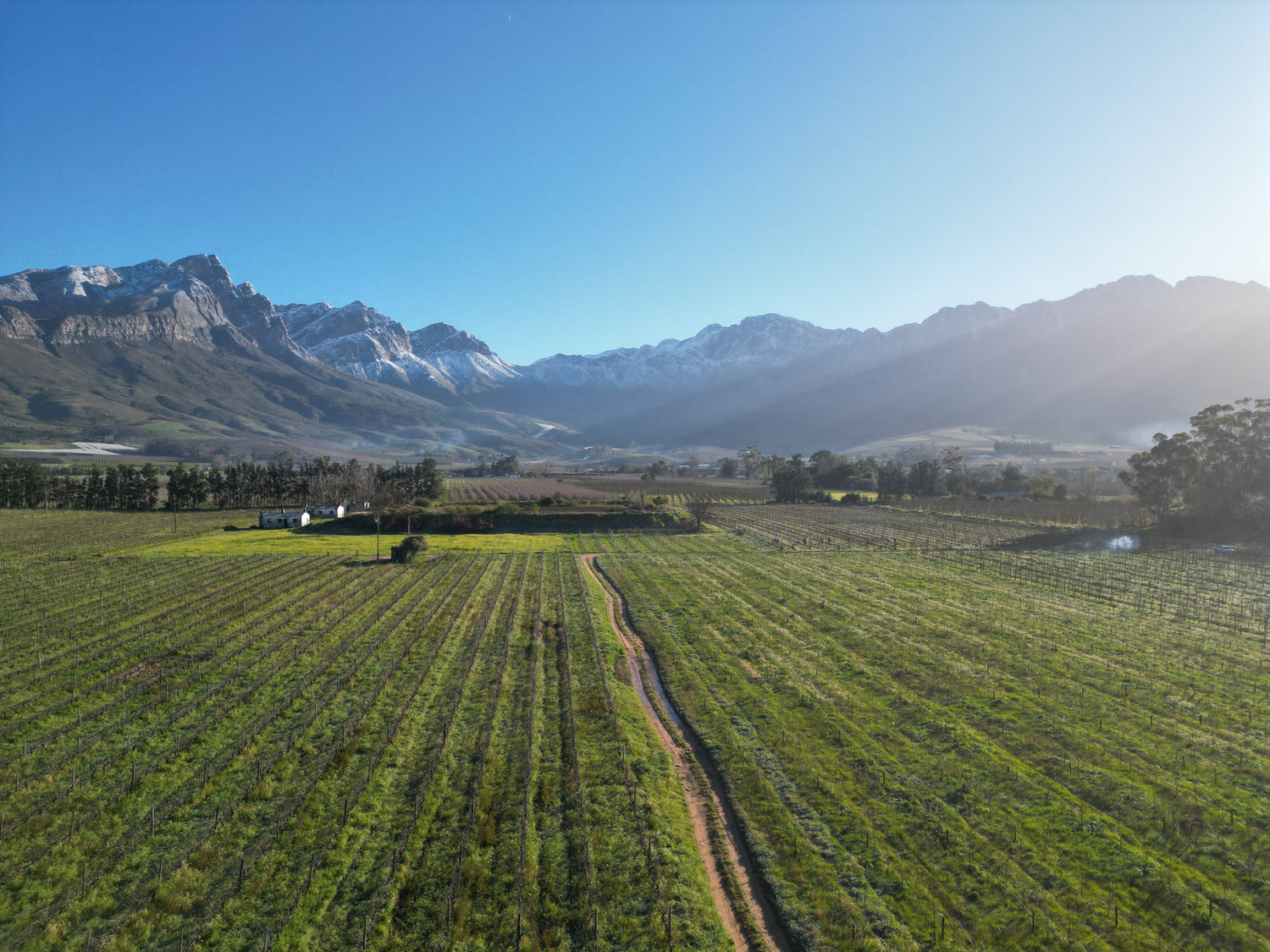
July
Winter Orchard TLC, Priming for Spring Harvest!
Winter pruning of orchards continue including vineyard pruning. Basic upkeep around the farm. Inspection and if necessary restoration of farm houses, sheds, buildings, water pipes, and farm equipment are usually done around this time. Harvest planning and preparation is done to ensure sufficient equipment is in place and that workers are up to date on skills and work ethics that need to be followed. Winter pruned shoots are either mulched on the bankies or used to make biochar.

August
Prevent Pests with Strategic Tree Maintenance.
Winter pruning and preparations for the warmer months ahead. E.g. determining where grass should be mowed to prevent spread of fires in case of emergencies and preventing weeds to gain access into the trees that could allow “ladders” to form for pests.
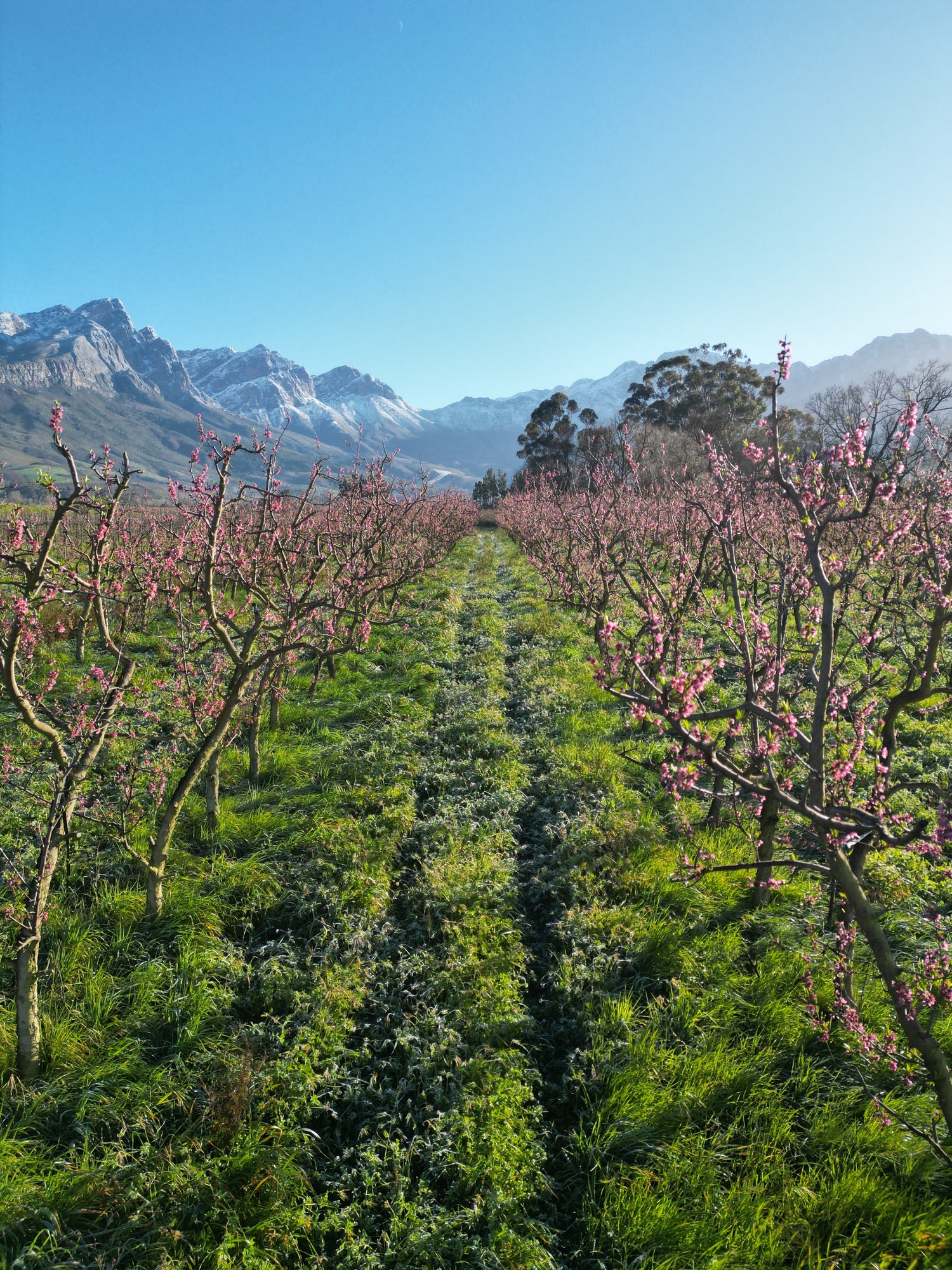
September
Welcome Spring with Blossoming Orchards & Farm Tasks.
The arrival of spring and the first appearance of peach and plum blossoms. Farm tasks usually consist of biological food given to the orchards through the water. Irrigation of orchard trees start up after the dormant winter months. Maintenance on pheromone traps need to be done to ensure mating disruption of pests such as false codling moth. Delta traps are hung around the farm and are regularly inspected to monitor fruit fly population levels. Farm needs to ensure that enough workers are ready or on stand-by for harvest season to ensure that the harvest does not fall behind as this could lead to food wastage and spoiled fruit in the orchards.

October
Peach Fruit Forming Amongst Blooming Plum & Pear Trees.
Plum and pear blossoms can be seen all around the farm with peach fruit already forming. Farm tasks usually consist of flower or fruit thinning. Fertigation is applied through biological use of compost tea and soil microbes to the soil.

November
Taste the First Harvest of Transvalia Peaches
Kicks off the first harvest of the Transvalia peaches. Last month of fruit thinning. All orchards in Tulbagh make use of the S.I.T. (sterile insect technique) for control of fruit flies.

Decemeber
Kicking Off Harvest Season with Fresh Fruit Flavors!
Harvest kicks off full steam with the start of the Oom Sarel peaches and the plum cultivars Ruby Sun and Purple Majesty
